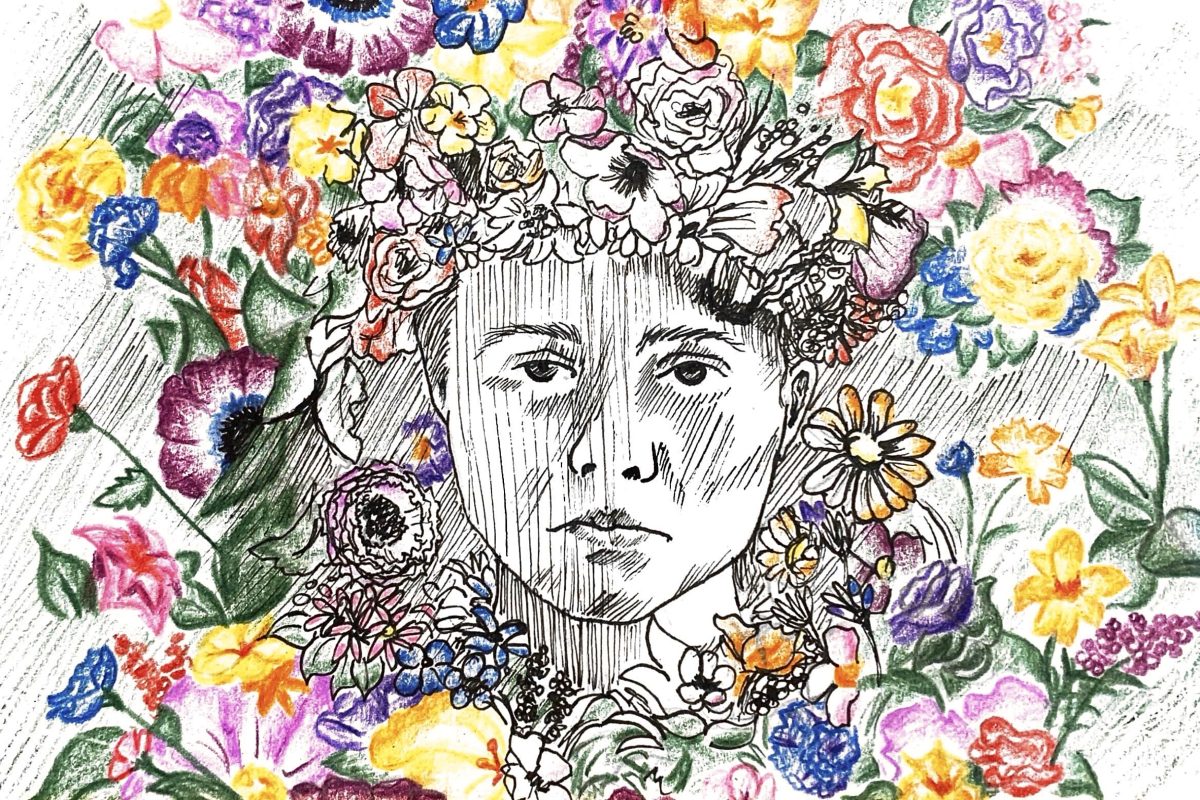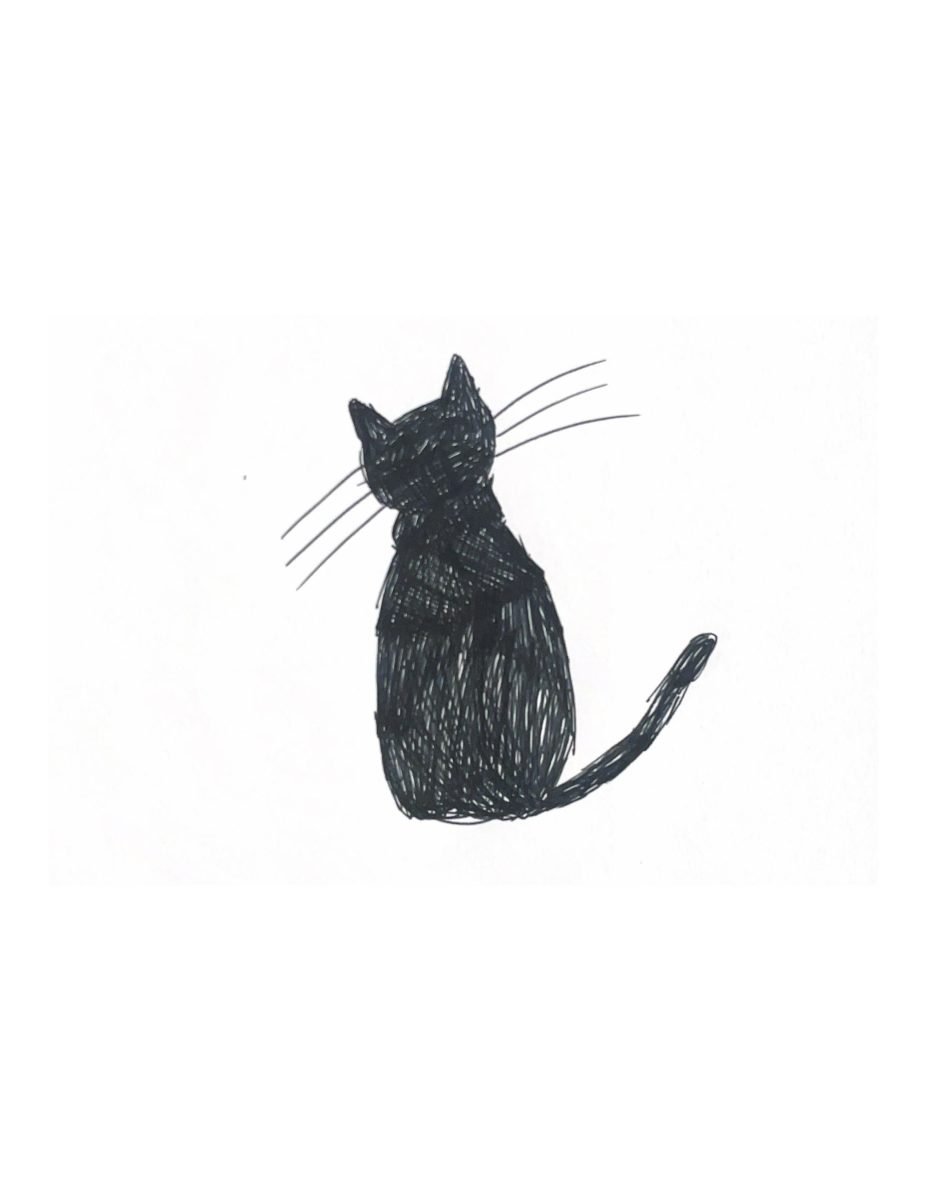Photo by Matthew Claybrook
Fiesta is a unique San Antonio tradition filled with parades, floats and parties. Recently, however, its history and manner of celebration have been called into question.
Fiesta began as a tribute to the soldiers at the Alamo during the Battle of San Jacinto in which the Mexican army was defeated by the Texas army during the Texas Revolution. Although many attend the event, some are conflicted about the celebration because of its origins and how it is celebrated today. We asked Latinx people — both those that grew up with Fiesta and those that didn’t know about it until they attended Trinity — how they feel about Fiesta.
Kayla Padilla, sophomore and Trinitonian opinion columnist, grew up in the Rio Grande Valley in a Mexican-majority community. Padilla believes that celebrating the history of the Alamo and the victory of Texans in the battle over Mexican-owned territory (today considered Texas) is ironic.
“The narrative is inherently racist, and I think it’s kind of hypocritical to celebrate the victory of the Alamo with Mexican culture. It doesn’t make sense to me,” Padilla said.
Even as a celebration of San Antonio culture, Padilla believes the celebration is problematic.
“Something that people have kind of clarified for me is that it’s more about San Antonio culture than Mexican culture. But it’s still very much exploiting Mexican culture,” Padilla said.
Dania Abreu-Torres, associate professor of modern languages and literature, has lived in San Antonio since 2010 but is originally from Puerto Rico.
After living in San Antonio for a few years, Abreu-Torres found that many elements of Fiesta could be considered cultural appropriation. Abreu-Torres pointed out the contrasting characteristics of King Antonio, Rey Feo and the prevalence of Mexican-inspired attire during Fiesta.
“Usually what I notice is that King Antonio, which is a very Spanish name, is a very wealthy white man from town. But then King Feo, which is ‘Ugly King’, was a very respected, of course, as well as a Latino man. It always made me think, ‘That is not a nice representation,’ ” Abreu Torres said.
Furthermore, the events that the kings go to differ in status.
“King Antonio has all of these amazing events: going around schools, making presentations, promoting Fiesta while King Feo is more regulated to other events, not so public,” Abreu Torres said.
Abreu-Torres also questioned how accessible Fiesta is to everyone in San Antonio, not just for tourists and those in wealthier parts of town.
“When you go, some are free and open to the public, but a lot of them require a lot of money. I’m not sure how integrative the events are in Fiesta for all of the community, not only for the surrounding areas where the events are,” Abreu-Torres said.
Sophomore Diana Long has grown up and lived in San Antonio for 19 years. Her family is from Coahuila, Mexico. Long intends to do more research on the history of Fiesta but her experience with Fiesta has been as a celebration of the San Antonio culture.
“The foundation of Fiesta — the whole history — hasn’t been a positive one with colonialism, and I know that’s a lot of Latinx perspectives recently. I don’t think that’s how I see it. I see it more as [bringing] the whole city together. I see it as like an appreciation to some extent for the culture,” Long said.






